Inclusive design not yet the standard
While inclusivity has clearly gained traction in the world of design over the past year, it is still in its infancy. Now, when a designer takes it into account in their work, or even designs something specifically to help people with a disability, it is still very much a matter of emphasis. But shouldn’t it be the norm for architects and product designers to design inclusively, in order to remove barriers to participation in society? Cursor took a look around during DDW to see which designers do aim at inclusivity.
TU/e’s participation in DDW, ‘Drivers of Change’ can be found on Ketelhuisplein at Strijp-S this year. Cursor spotted some interesting examples of inclusivity in design there, even if it is still mainly about designing to help specific target groups.
For his final project, bachelor’s student Industrial Design Sem Jordaan created ‘Own it’, a bodywarmer that can assist a child with autism whenever they feel overstimulated. At such moments, the child can press a button on the bodywarmer, after which the clothing vibrates in a haptic rhythm from bottom to top and from top to bottom to simulate breathing. Jordaan: “I would like the children themselves to regain control in such a situation. Falling back on their breathing pattern is the ideal way to do that: they always have it with them. But when they’re so overstimulated, it’s sometimes difficult to take that step all by themselves. The bodywarmer guides them through that.”
Article continues below photo.
Jordaan was asked to come up with something to reduce stress in children with autism. It turns out that this stress is caused by overstimulation. But if the children are already so overstimulated, why does the vest not start ‘breathing’ automatically? “I want the kids to be in control of that. There are already enough things they have no control over (the stimuli, Ed.), so it’s nice that they can decide this for themselves. In addition, it hopefully also enables them to stop using the bodywarmer later on, because it teaches them how their breathing can calm them down and allow them to participate again.” The ID student does note that it will be a challenge to consider the applicability of his idea to a broader group after solving this problem for a small specific group.
Controlled dosing
Packaging that won’t open: it’s already enough of a nuisance for people without disabilities. But if you suffer from rheumatism, poor vision or motor disorders, it is even more inconvenient. In that case, it might be impossible for you to open that jar of vegetables, or you might accidentally pour twice as much detergent into the washing machine as needed. Ronald Lewerissa of Open2All has come up with a packaging line that consists of a basic bottle to which special tools can be attached, such as a handle for people with rheumatism. You buy those specific tools yourself and can use them on all bottles.
Every standard bottle comes with Braille and has an NFC chip you can scan with your phone that reads out loud what is written on the bottle.
“There are hundreds of disabilities in society”, says Lewerissa. “We can’t invent a new bottle or container for every disability, but what we can do is make a basic version with different tools so that you can add whatever you need to help you along. That way, everyone can use their own products like shampoo, detergent and vegetables in a glass container.” Lewerissa hopes to market the bottles to all major manufacturers, because that is the only way the idea will be successful, and will ensure that, for example, both Garnier’s shampoo and Dove’s shower gel can be used with the auxiliary handle. You can find Open2All’s containers at the Yksi Expo at Strijp-S.
Different expectations
The name of the ‘Embassy of Inclusive Society’ exhibition at the Van Abbemuseum leads one to suspect that there will be much to see regarding inclusive design, but that is not quite the case. Despite the main question for this ‘embassy’ being: ‘How can we work together to create an inclusive society?’ there is mainly a lot of focus on the colonial past and its influence on the museum’s collection, as well as cultural practices from all over the world.
Times change
Although it is mainly young people who present their inventions and ideas, it turns out that the senior citizen has not been overlooked either. Designer Jip van de Beek is on Trudo Tower square with Expeditie 55+. Together, they examined how the spaces in a senior citizens’ complex in Rotterdam could be improved to serve as a more pleasant and sociable environment. Fun fact: one of the visitors asked what the most boring space was for the elderly: it turned out to be, among other things, the prayer room/quiet room. Times change.
Participating without a mediator
The health corner is popular within the theme of inclusive design. On Ketelhuisplein, we find a biosensor for people with diabetes. Biosensors, the research field of Associate Professor Peter Zijlstra and Professor Menno Prins, have gained a lot of attention because of Covid-19: the Covid-19 tests are an example of such sensors and can quickly provide you with a result. However, this did still require fluid from the nose and sometimes throat rather than using a direct measurement. The glucose sensor (also a form of biosensor) is worn on the skin and measures blood sugar levels in the subcutaneous tissue fluid in your arm. Thanks to this sensor, diabetics need to have their blood taken much less often and can live a more ‘normal’ life again and participate in society. More and more diabetic patients are using the sensor.
Student team HART is also present at Dutch Design Week with their sleeve called ‘Not lost in translation’. That sleeve can convert language into vibrations to allow people who are deaf or hard of hearing to participate without the intervention of an interpreter. Master’s student Human Technology Interaction Julie van der Hijde demonstrates the sleeve to Cursor. This version works with a representation of a square on a screen that rotates, which is translated as a kind of circle around your arm where you feel the ‘cube’ move around your arm. So in the future, this could work with language, with letters forming a certain pattern. “We’re currently setting up an experiment to see how easily people can learn this ‘language’ (the vibrational translations, Ed.)”, said Van der Hijde.
Dutch Design Week continues through October 30 and takes place throughout the entire city of Eindhoven. The inventions of the TU/e community can be found at Strijp-S.
If you are a TU/e student or employee who is also currently working on this topic, please let us know. We would love to speak with you, especially if you incorporate diversity into your workflow or education, design your (UX) design inclusively or make the inventions accessible to a broad target audience (financial, functional, geographic, et cetera).
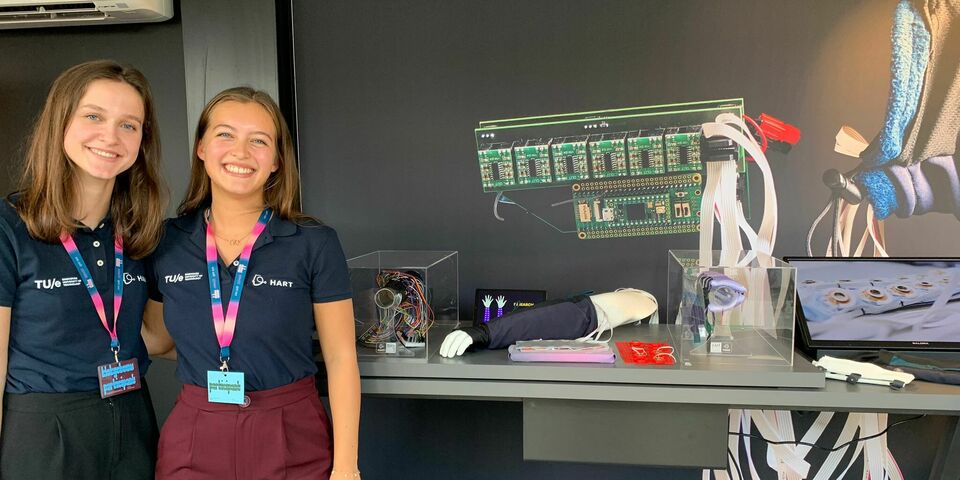

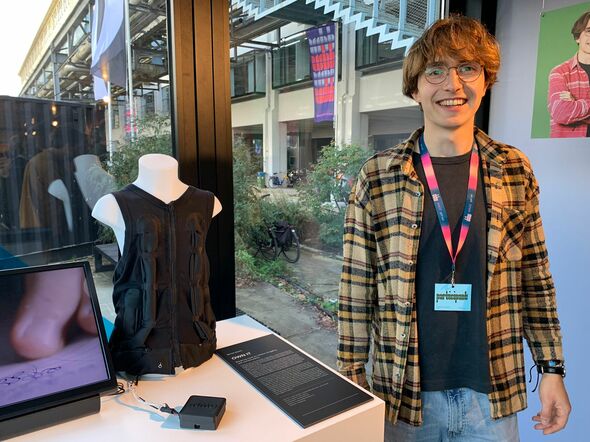
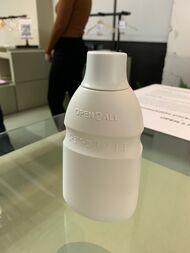
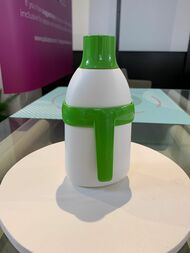
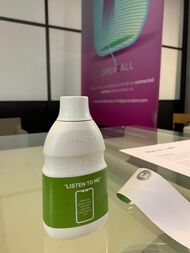
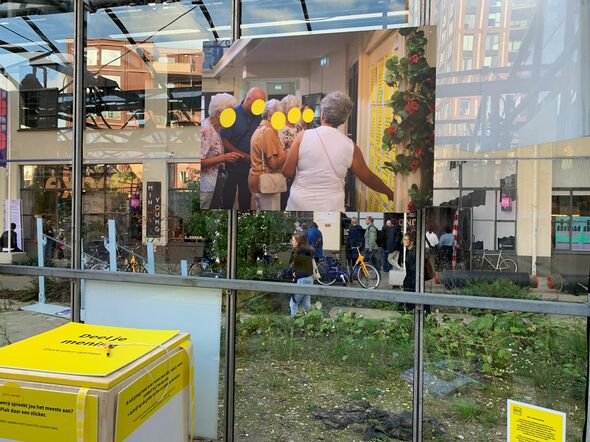
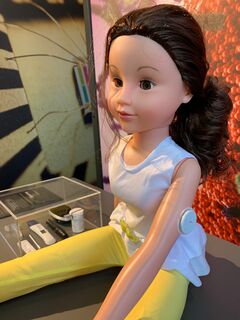
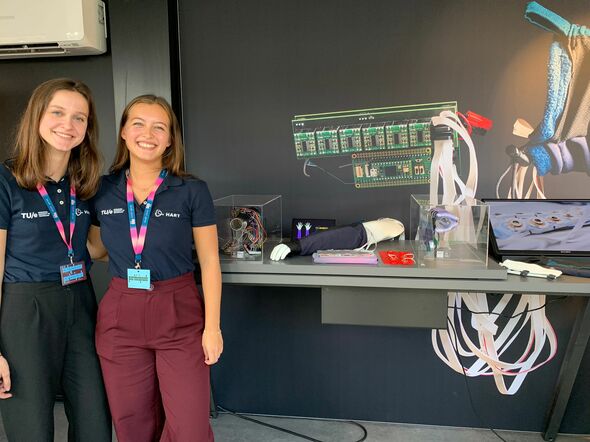
Discussion